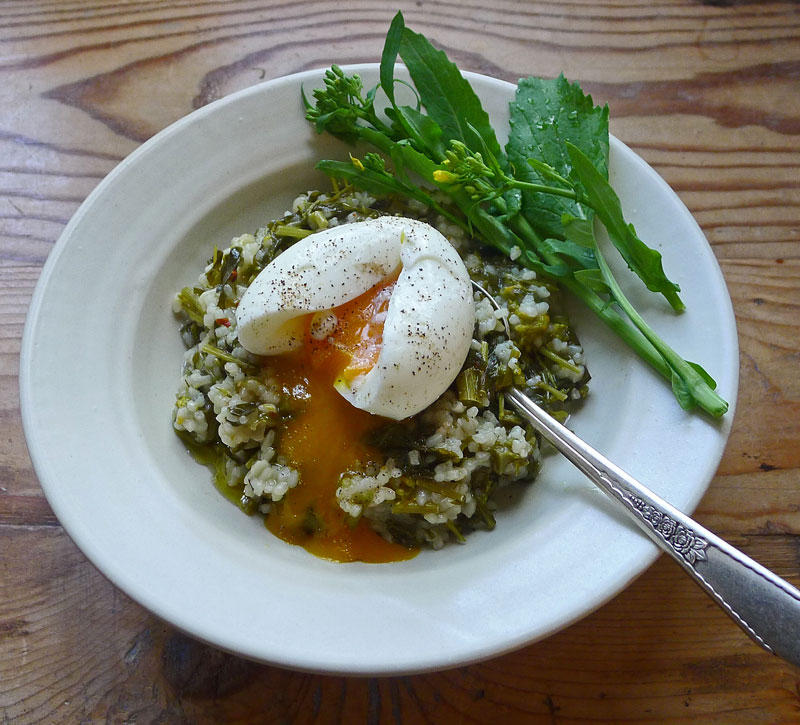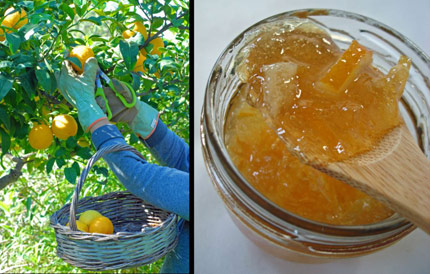I came across a picture of this wonderful, lemony pie at the bottom of my old friend Ari Weinzweig’s inspiring weekly newsletter. I was very intrigued; Ari had no recipe, just mentioned that the pie was sold at Zingerman’s Bakehouse, part of his iconic deli empire in Ann Arbor.
I never heard of this dessert and was baffled by its name. Looking it up I found lots of recipes online. I chose the one from King Arthur Mill, since I love their products, and know that their recipes work, as I have occasionally used them as starting point for my baking.

I substituted olive oil for the shortening and butter in the recipe, as I always do, and added some carob flour to the crust, because I wanted to make it dark, thinking that the lemon cream would be light-colored, so the contrast would be nice. Of course the filling darkened considerably by the time it set, as the sugar-lemon-egg cream develops a deep dark caramel color…
In the notes, I read that the word “chess” in the recipe’s title “…some food historians say it’s a takeoff on “cheese,” as in English cheese pies, similar to American cheesecake — the filling is of a consistency similar to chess pie. Others say ‘chess’ refers to the chest in which pies used to be kept; due to the high degree of sugar, chess pies didn’t need to be refrigerated (though in these days of heightened awareness of food safety, we do recommend refrigeration). One final theory holds that chess refers to the simplicity of the pie itself. “What kind of pie is that?” “Jes’ pie.” Chess pie.”
For a 9″ pie (8 to 12 servings) (more…)








